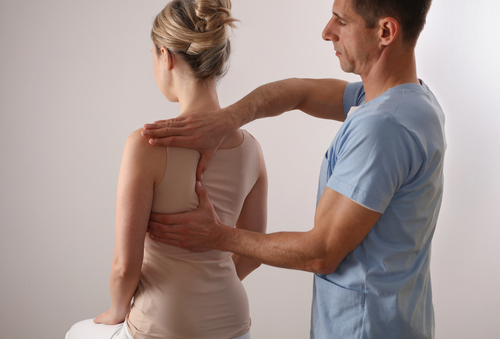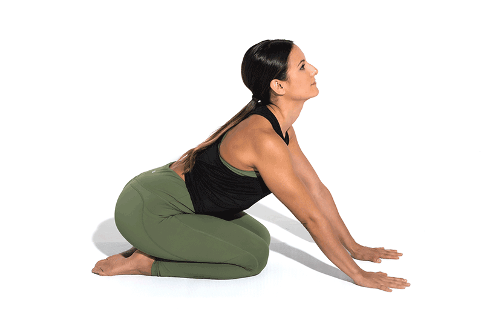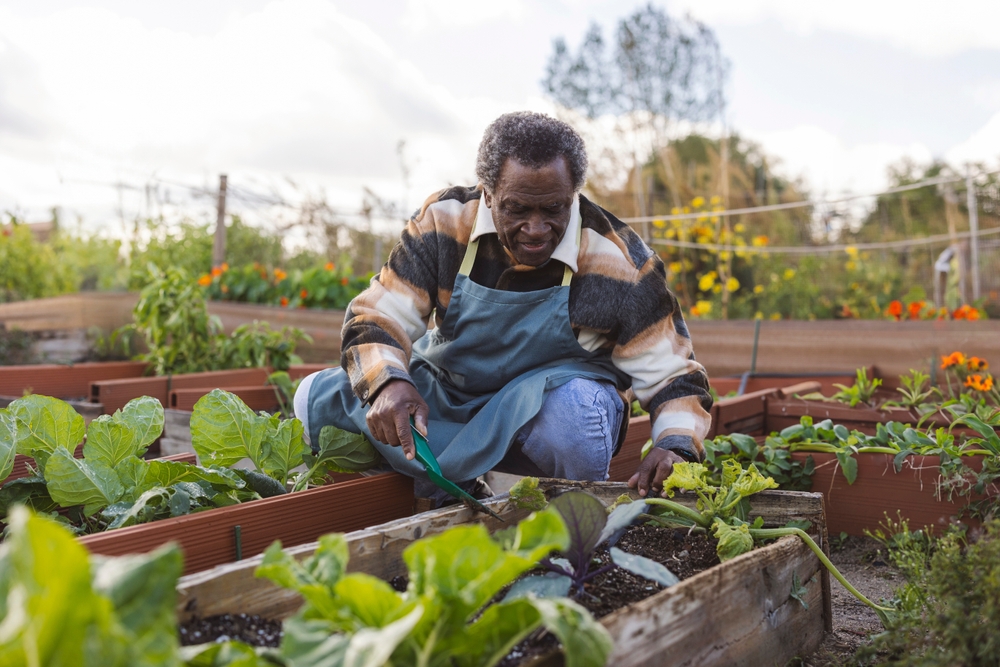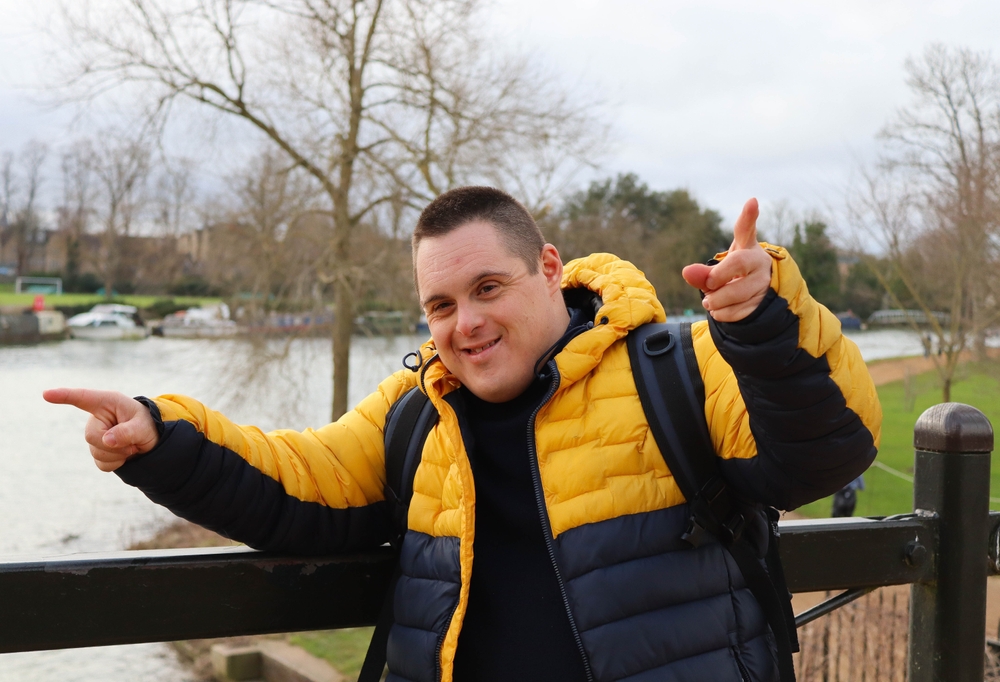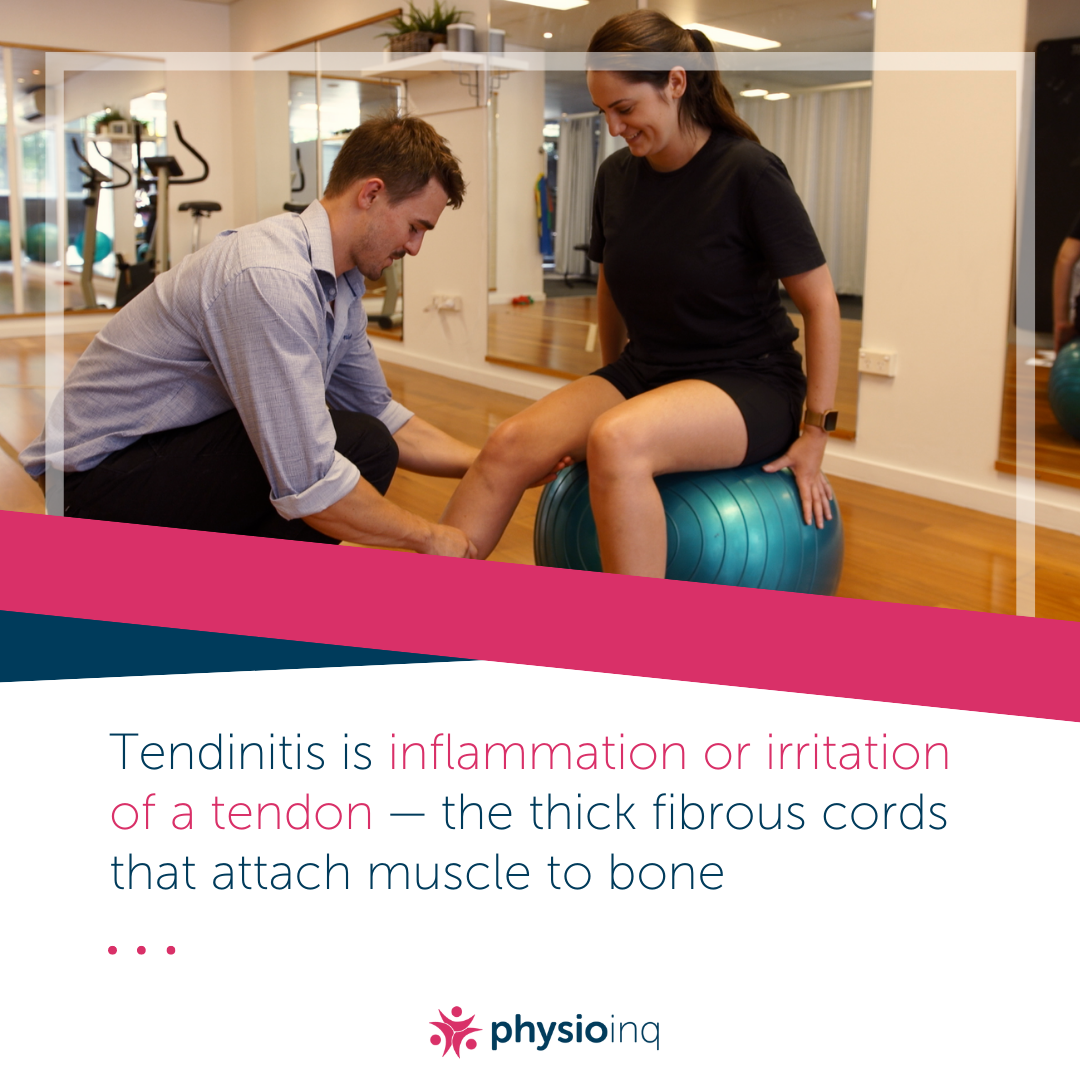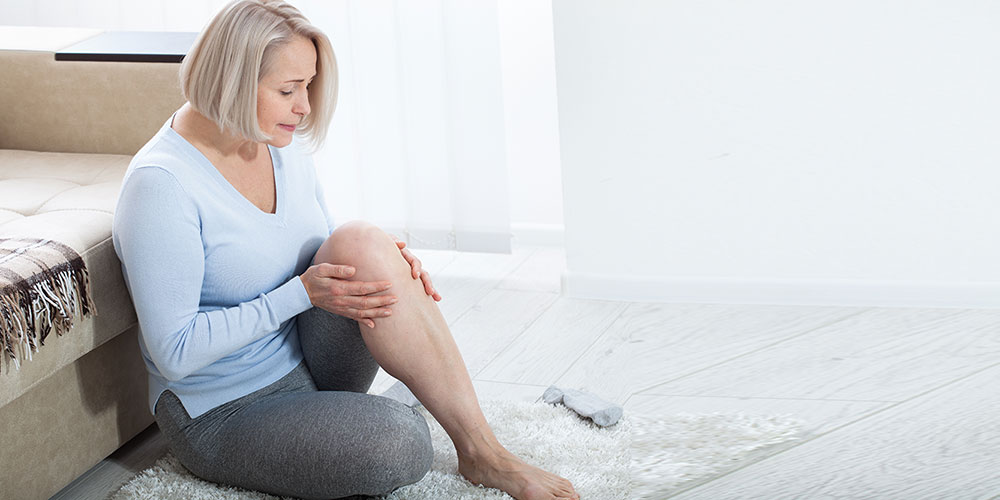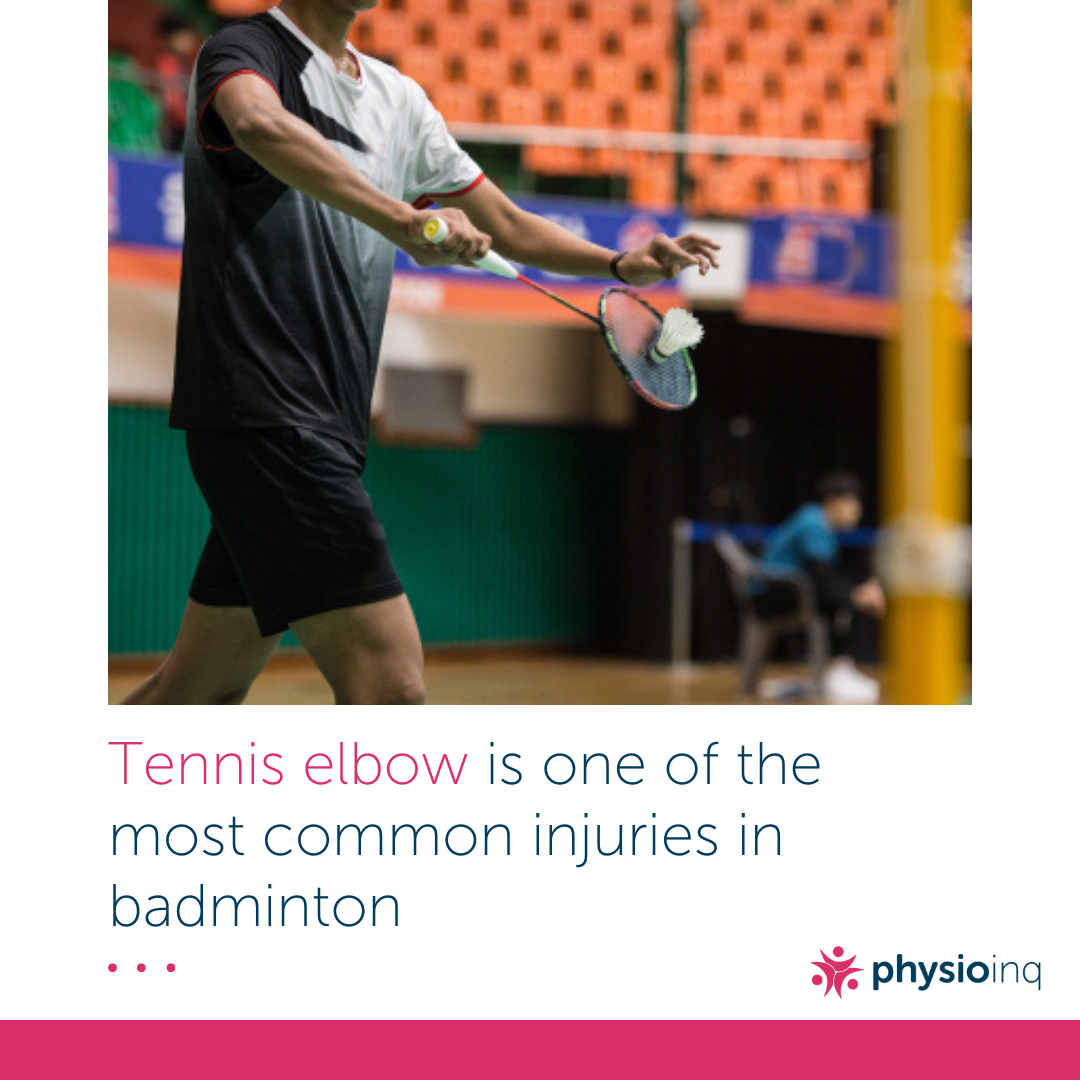Due to the popular new Netflix series "Cheer", more people of all ages are getting involved in the wonderful sport of Cheerleading! At Physio Inq, we are seeing more young girls, who typically have lots of flexibility, that need help in being stronger and more stable. Physiotherapists can also help coaches and athletes reduce their risk of injury and increase their strength and performance.
Common injuries that can occur in competitive cheerleading include:
- Muscle strains in the hip, lower back, and legs
- Ligament sprains in the knees and ankles
- Finger and hand injuries
Among the more serious, sometimes season-ending, injuries are:
- Head injuries and concussion
- Fractures, including those of the spine
- Dislocations of the shoulder or elbow

Why do Injuries Happen?
- Performing skills/stunts above skill level
- Inadequate or faulty equipment
- Lack of experience with the sport or particular skill
- Poor flexibility
- Lack of strength and stability
- Poor conditioning or training (under/over training)
- Sudden increase in training load

How can I reduce my injury risk?
Work on your functional strength and conditioning with single-leg squats and single-leg heel raises on both sides to improve your functional skills like tumbles and stunts, as well as increase power to jump and throw higher, and reduce injury risk.
Improve your flexibility by doing dynamic (moving) stretching before practice, and static stretching after practice.
At Sutherland Physio, we can look after acute injuries like: head and spinal injuries with a gradual return to activity, soft tissue injuries (sprains and strains) with the POLICE protocol, and managing muscular pain and tightness before they become big injuries. Did you know that physiotherapists are first line practitioners? That means we are qualified to determine and refer you if medical scans are required; and you don’t need a GP referral to see us.
At Physio Inq Sutherland our “motto” perfectly matches with the “Cheer” culture: Live a life with less limits! Contact us to manage your body and get you back into cheer quicker and stronger!
Date Published: Friday, June 26, 2020
Date Modified: Tuesday, July 2, 2024
Locate a Mobile Physiotherapy
Service Near me
Get the experience & convinence you deserve to support your or a loved one's allied health needs.
Our Mobile Physiotherapy team are currently serving & taking appointments in the following states and regions in Australia:
New South Wales
- Blacktown
- Blue Mountains
- Campbelltown And Macarthur
- Canterbury-Bankstown
- Eastern Suburbs Sydney
- Georges River
- Hawkesbury
- Inner East Sydney
- Inner West Sydney
- Lake Macquarie
- Lower North Shore
- Newcastle
- Northern Beaches
- North Sydney
- Parramatta
- Penrith
- Southern Highlands
- South West Sydney
- Sutherland Shire
- Sydney CBD
- The Hills Shire
- Upper North Shore
- Waverley
- Wollongong
Tasmania
Victoria
Need to get into direct contact with ur Client Services team? We're all ears. Call our team directly on 1300 731 733


